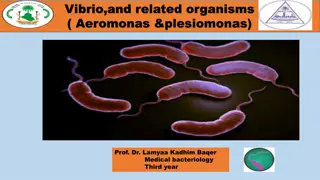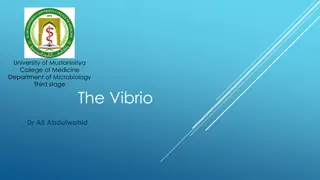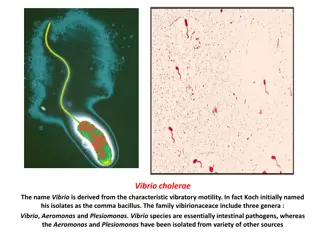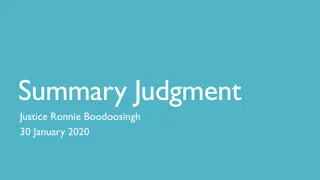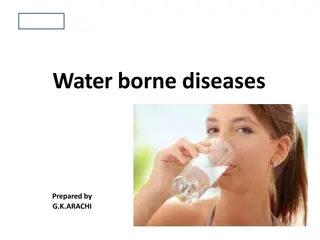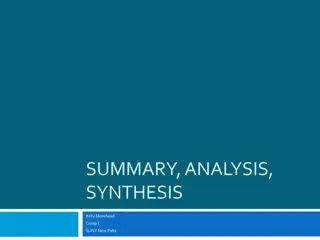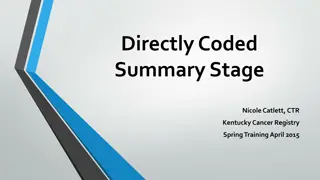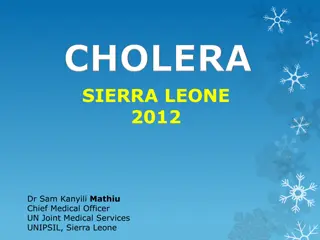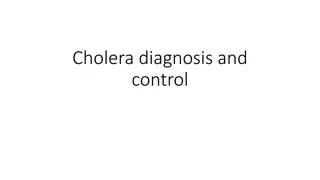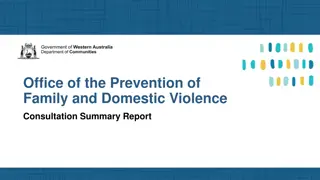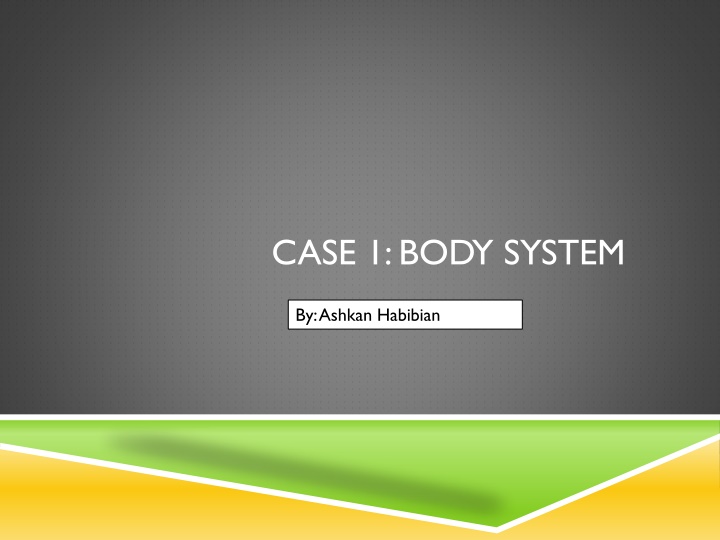
Cholera: Symptoms, Treatment, and Prevention
Explore the main symptoms of cholera, how it targets the gastrointestinal system, and its effects on the small intestine. Learn about the toxins released by V. Cholerae, treatment options, and prevention methods such as vaccination and good hygiene practices.
Download Presentation

Please find below an Image/Link to download the presentation.
The content on the website is provided AS IS for your information and personal use only. It may not be sold, licensed, or shared on other websites without obtaining consent from the author. If you encounter any issues during the download, it is possible that the publisher has removed the file from their server.
You are allowed to download the files provided on this website for personal or commercial use, subject to the condition that they are used lawfully. All files are the property of their respective owners.
The content on the website is provided AS IS for your information and personal use only. It may not be sold, licensed, or shared on other websites without obtaining consent from the author.
E N D
Presentation Transcript
CASE 1: BODY SYSTEM By: Ashkan Habibian
V. CHOLERAE Main Symptoms of the Bacterial Infection - Intense Diarrhea - Vomiting and Nausea - Dehydration - Leg Cramps
CHARACTERISTICS OF CULTURE V. Cholera 100 magnified
TARGETED BODY SYSTEM V. Cholerae targets the gastrointestinal system Infection happens when high concentration of the bacterium gets into The small intestine - V. Cholera excretes toxins called entrotoxins - - This disrupts the membrane of the cell channel proteins which causes absorptive dysfunction
FUNCTION OF SMALL INTESTINE -Absorb majority of nutrients into the blood stream/ fluids - Breaking down of food - Secretion - Small intestine is connected to of stomach (duodenum) and large intestine - -
V. CHOLERA AND DISTURBANCE OF SMALL INTESTINE Bacteria bind to epithelium and release their toxins -trigger of increase in cAMP Leads to high flow of Na+ into epithelium/ secretion of Cl- ions into Lumen
EFFECT OF TOXIN/ RESULT V. Cholerae toxins bind to ganglioside receptors Inhibition of Na+/H+ by toxin -Leads to secretion of Cl- by Cystic fibrosis trans membrane conductance regulator - Result in excess water into lumen and loss of electrolytes - Excretory of fluids via diarrhea
TREATMENT Immediate rehydration of fluids with high level of electrolytes IV rehydration Antibiotics prescription by primary care physician Common antibiotics: tetracycline, doxycycline, furazolidone, or ciprofloxacin - Stool sample taken from patient and culture is tested
PREVENTION Vaccination before travelling Good hygiene Drink only filtered water Precautions before eating food while travelling in area of epidemic
IS INFECTED INDIVIDUAL ENDANGERED TO PUBLIC? Bacteria gets secreted via stool May be infected again by different serotype After symptoms passed by individual, the bacteria remains in stool for a week or more


